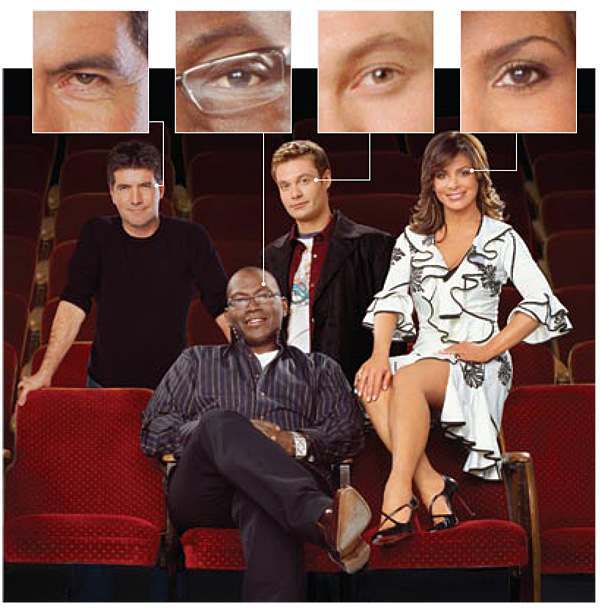Digital Forensics: Five Ways To Spot A Fake Photograph
WANT to know how to spot a fake photo – sure, look at every magazine cover.
And:
Lighting
Composite images made of pieces from different photographs can display subtle differences in the lighting conditions under which each person or object was originally photographed. Such discrepancies will often go unnoticed by the naked eye.
For an image such as the one at the right, my group can estimate the direction of the light source for each person or object (arrows). Our method relies on the simple fact that the amount of light striking a surface depends on the relative orientation of the surface to the light source. A sphere, for example, is lit the most on the side facing the light and the least on the opposite side, with gradations of shading across its surface according to the angle between the surface and the direction to the light at each point.
To infer the light-source direction, you must know the local orientation of the surface. At most places on an object in an image, it is difficult to determine the orientation. The one exception is along a surface contour, where the orientation is perpendicular to the contour (red arrows right). By measuring the brightness and orientation along several points on a contour, our algorithm estimates the light-source direction.
Posted: 3rd, June 2008 | In: Photojournalism 1 Comment | TrackBack | Permalink



